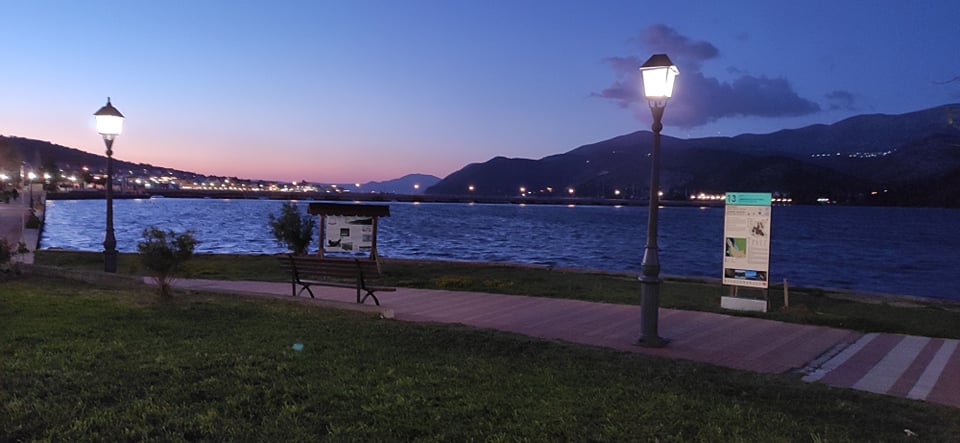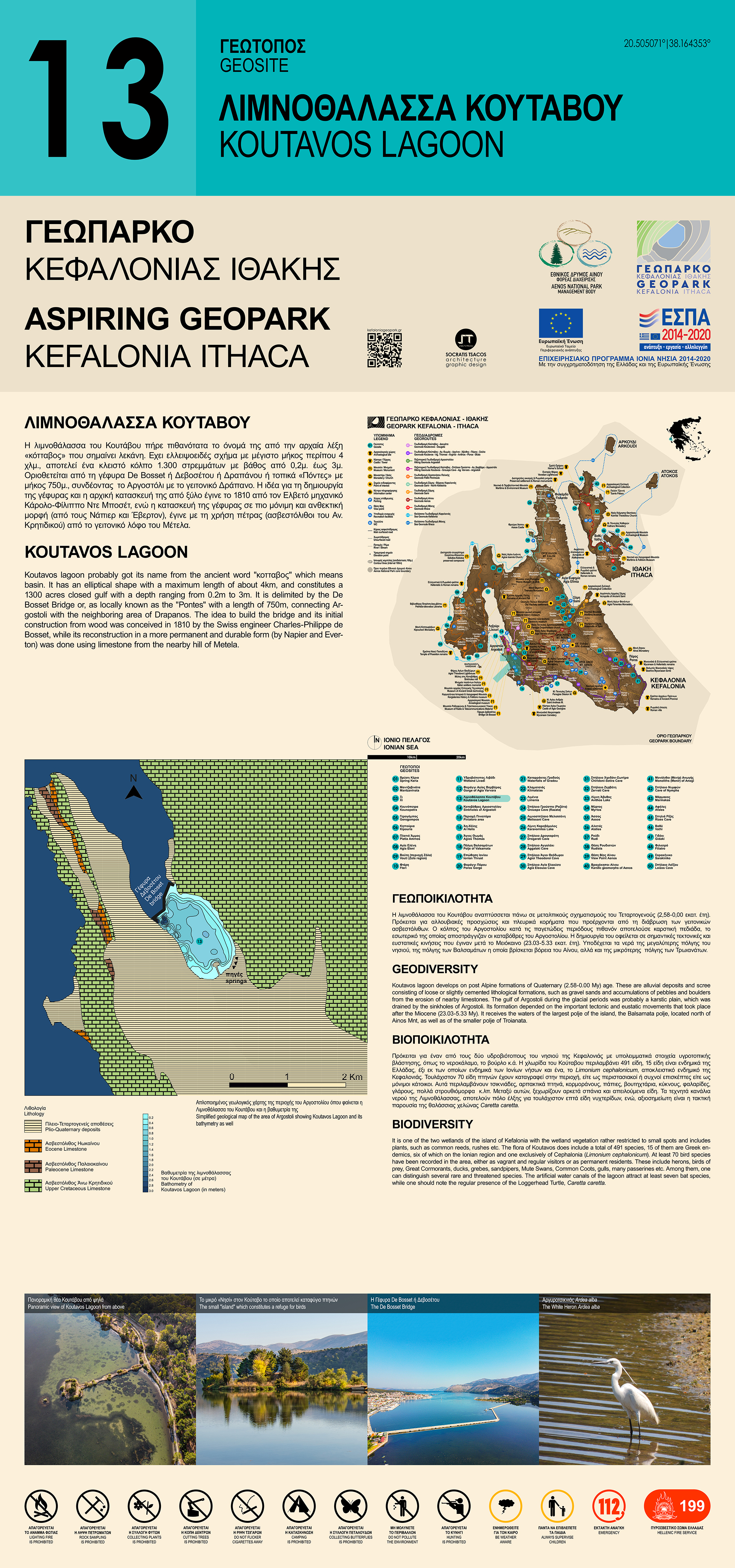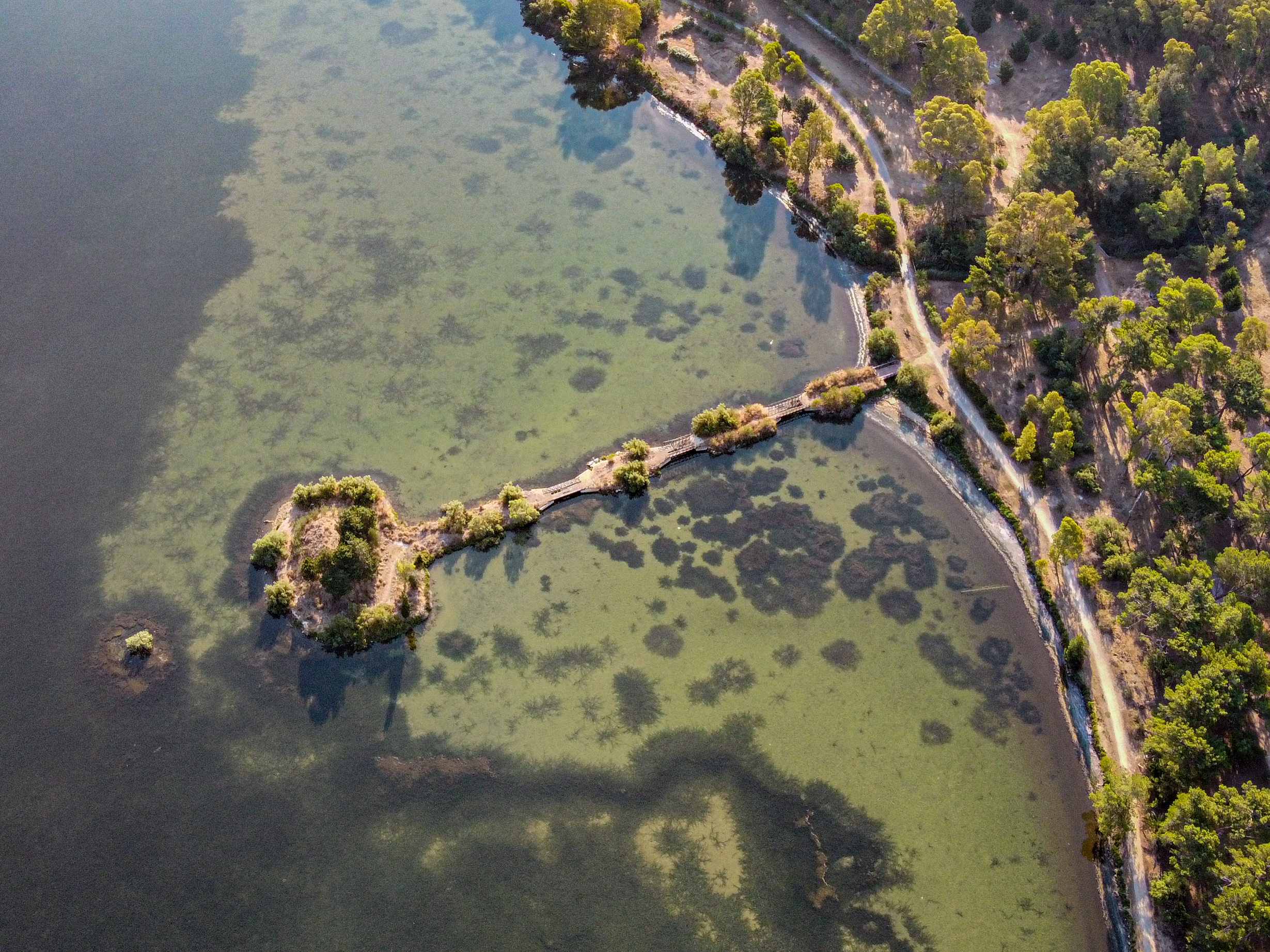
Koutavos lagoon is located southeast of the city of Argostoli. It got its name probably from either the Greek ancient word "κότταβος" or from the Italian word "Cutavo", which both mean basin. It is located in the innermost part of the Argostoli lagoon, it has an elliptical shape with a maximum length of about 4km, and constitutes a closed gulf of 1300 acres and its depth ranges from 0.2m to 3m. It is one of the two wetlands of the island of Kefalonia, which hosts many species of aquatic and migratory birds, as well as remarkable species of fish fauna. Also in the lagoon of Koutavos we can see a small "island" which constitutes a refuge for birds hosted in the lagoon (Figure 1,2).
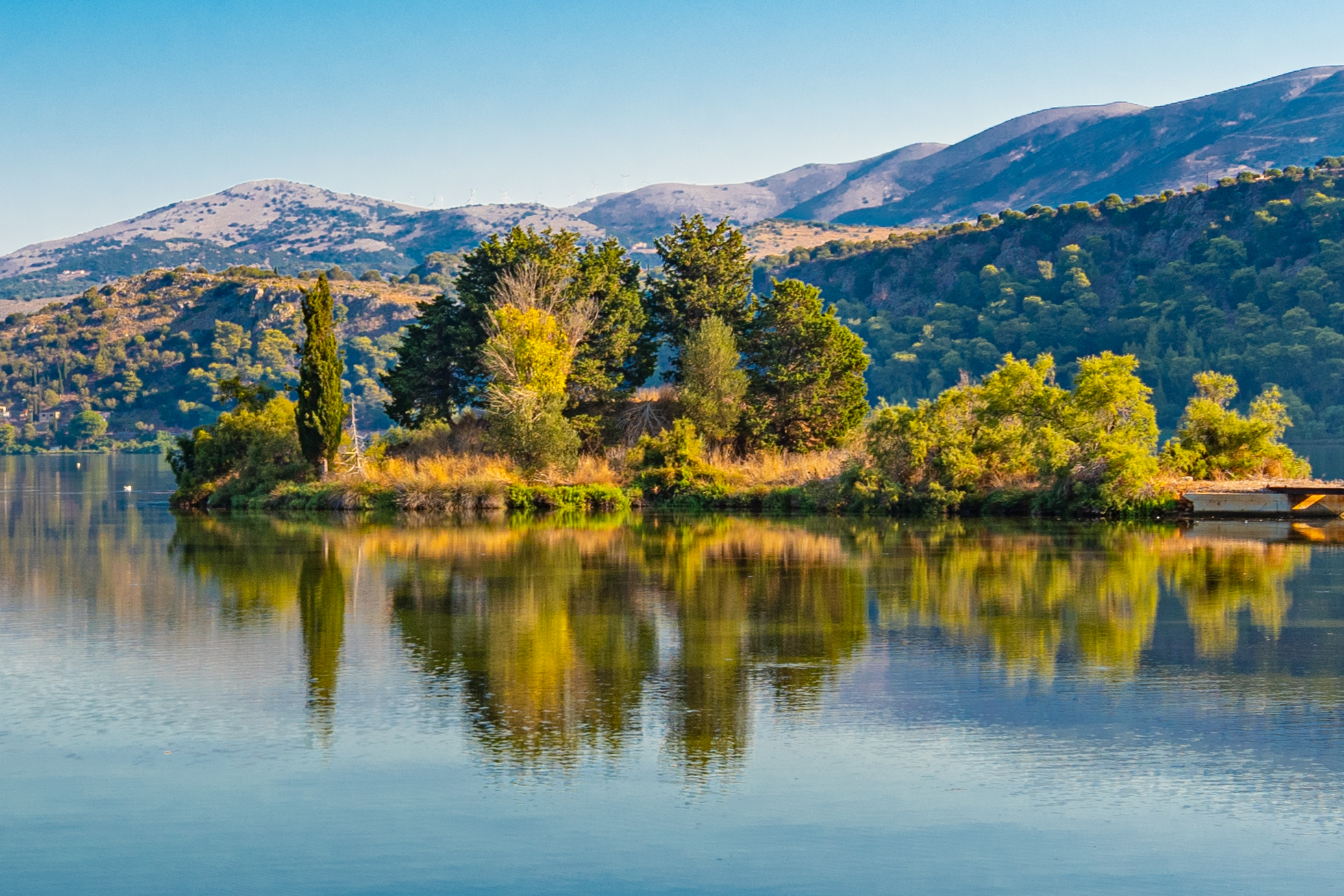
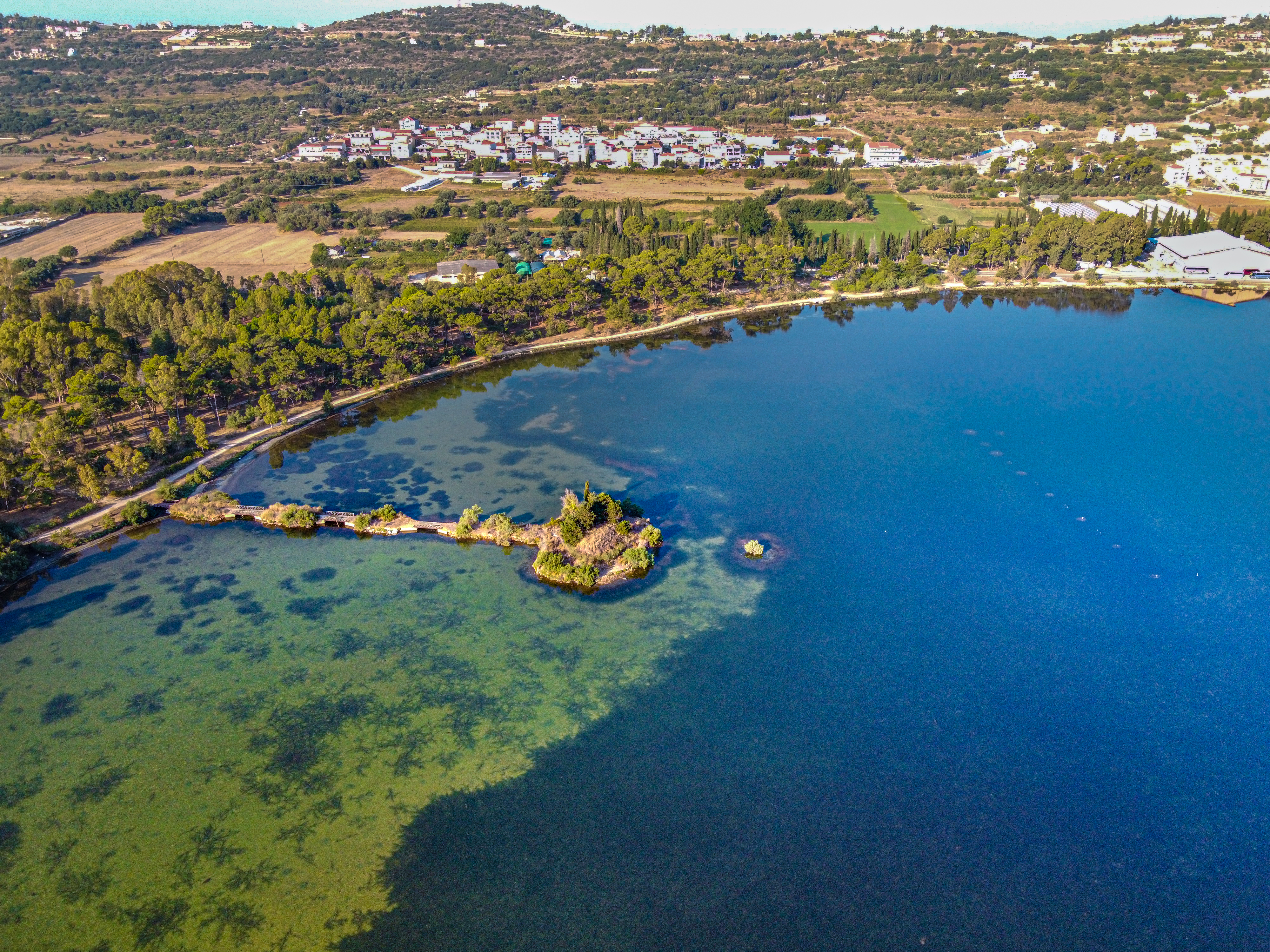
Koutavos lagoon is delimited by the De Bosset Bridge or, as locally known as the "Pontes" (Italian "ponte", bridge) with a length of 750m, connecting the city of Argostoli with the neighboring area of Drapanos (Figure 3). The idea to build the bridge and its initial construction from wood was made in 1810 by the Swiss engineer Charles-Philippe de Bosset, while its reconstruction in a more permanent and durable form (by Napier and Everton) was done using limestone from the nearby hill of Metela. In the past, the arches at the base of the bridge could be crossed by local fishermen with their boats, something that does not happen today due to the rise of sea level and due to subsidence.
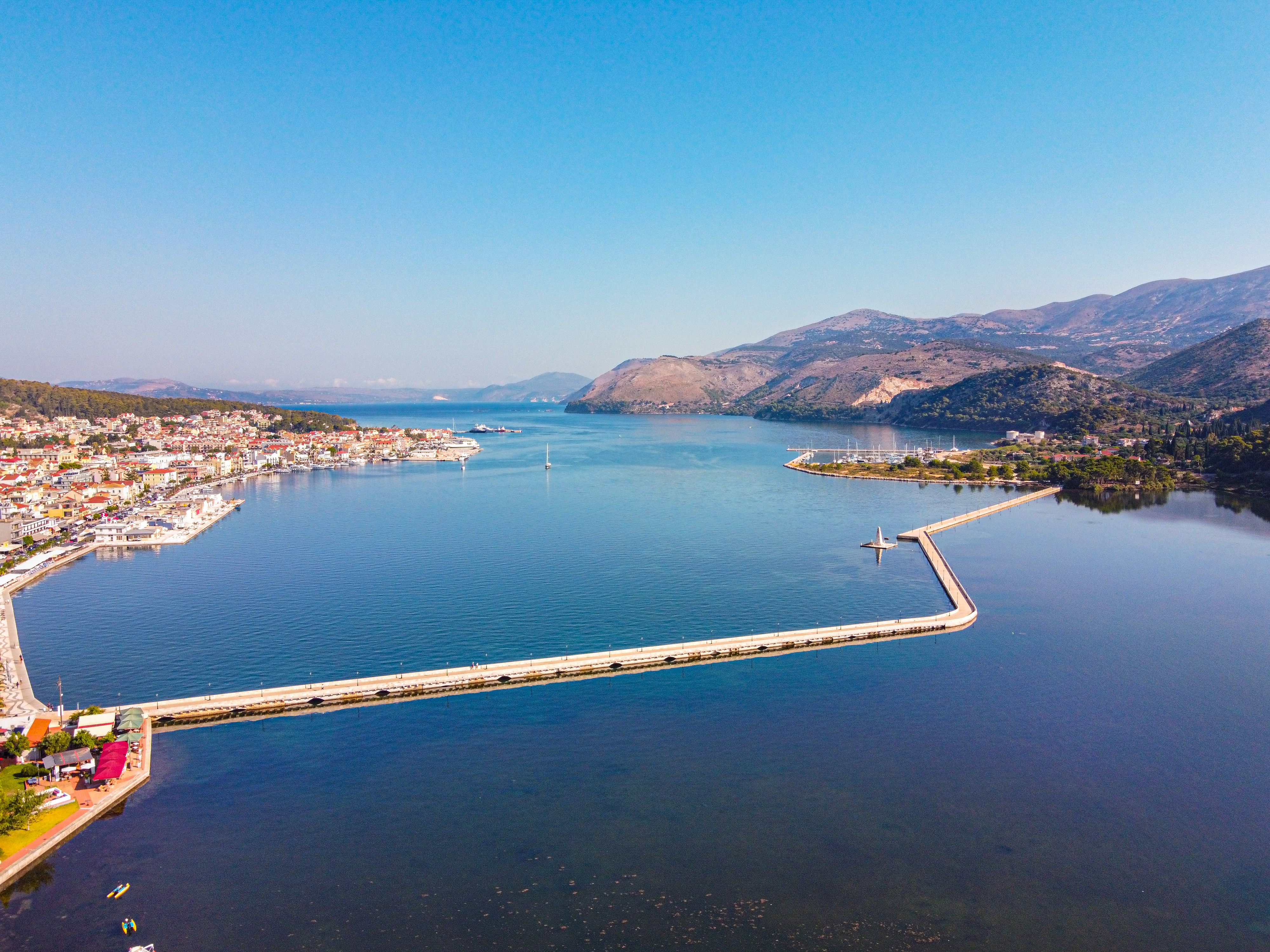
Geodiversity
Koutavos lagoon develops on post Alpine formations of Quaternary (2.58-0.00 My) age. These are alluvial deposits and scree which consists loose or slightly cemented lithological formations, such as gravel sands and accumulations of pebbles and boulders that come from the erosion of nearby limestones. These formations show great development only in the western edge of Aenos and link modern processes with the older sedimentary rocks.
The gulf of Argostoli during the glacial periods was probably a karstic plain, which was drained by the sinkholes of Argostoli. Its formation depended on the important tectonic and eustatic movements that took place after the Miocene (23.03-5.33 My). The gulf of Argostoli, and consequently the lagoon of Koutavos, constitute a post-Pliocene graben, with N-S orientation, which was filled by materials of terrestrial origin. The plain of Krania is also a natural continuation of the gulf. In this area faults almost parallel to each other occur, with a NW-SE orientation, forming graben basins, some of which were flooded by the sea. Thus Neogene and Quaternary formations were deposited in them (Figure 4).
Finally, the lagoon of Koutavos receives the waters of the largest polje of the island, the Valsamata polje, located north of Aenos Mnt, as well as of the smaller polje of Troianata. The waters of the poljes are drained through sinkholes and eventually end up in the lagoon of Koutavos, feeding also the aquifer of the plain of Krania.
Hence, the seawater is continuously diluted by the brackish waters of the coastal springs of Koutavos located on the SE coast of the lagoon. The outflow (gushing) of the water is done either through fractures or from karstic conduits located at the base of a nearby fault in the Upper Cretaceous (100.5-66 My) limestones.
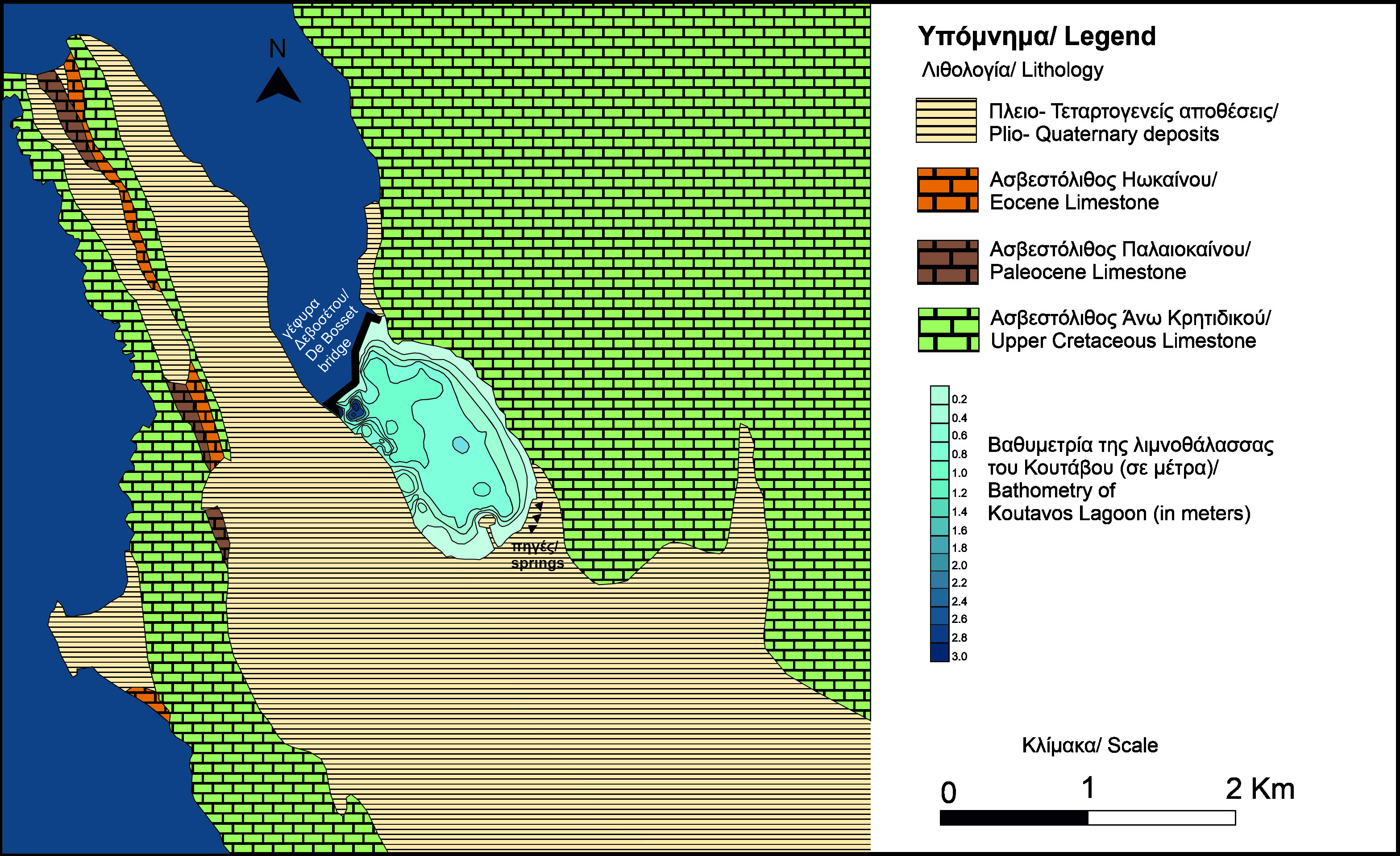
Biodiversity
Due to the close proximity to Argostoli and the intense, anthropogenic impacts, the natural environment of Koutavos Lagoon has sustained a rather significant alteration. Nowadays, the wetland vegetation is rather restricted to small spots and includes plants, such as common reeds (Phragmites australis), rushes (Juncus spp.) etc. On the other hand, through planting of new species for the area, some species dominate, such as the Aleppo pine (Pinus halepensis) and the eucalyptus, (Eucalyptus camaldulensis). However the flora of Koutavos does include a total of 491 species. In fact, 15 of the mare Greek endemics, six of which on the Ionian region and one exclusively of Cephalonia (Limonium cephalonicum). Despite the mentioned human impacts on the lagoon, it manages to remain a very important wetland for the avifauna of Cephalonia. At least 70 bird species have been recorded in the area, either as vagrant and regular visitors or as permanent residents. These include herons (e.g. Grey Heron-Ardea cinerea), birds of prey (e.g. Osprey - Pandion heliaetus, Buzzard-Buteo buteo), Great Cormorants (Phalacrocorax carbo), ducks (e.g. Northerb Shoveler-Spatula clypeata), grebes (e.g. Little Grebe - Tachybaptus ruficollis), sandpipers (e.g. Wood Sandpiper - Tringa glareola), Mute Swans (Cygnus olor), Common Coots (Fulica atra), gulls (e.g. Yellow-legge Gull - Larus michahellis),many passerines (Woodchat Shrike-Lanius senator, Red Crossbill-Loxia curvirostra, European robin - Erithacus rubecula, Spotted Flycatcher-Muscicapa striata) etc. Among them, one can distinguish several rare and threatened species for Greece, such as the Endangered Purple Heron (Ardea purpurea), Eurasian Bittern (Botaurus stellaris), Black Stork (Ciconia nigra) and Whiskered Tern (Chlidonias hybrida), the Vulnerable Garganey (Anas querquedula), Great White Heron (Ardea alba),Squacco Heron (Ardeola ralloides) and White Stork (Ciconia ciconia), and the Near Threatened Black-crowned Night Heron (Nycticorax nycticorax). Moreover, the artificial water canals that end in the lagoon appear to attract at least seven bat species, a significant number for Cephalonia, that hunt around them, such as Schreiber’s Bent-winged Bat (Miniopterus schreibersii), a Near Threatened species, the Noctule (Nyctalus noctula), the Soprano Pipistrelle (Pipistrellus pygmaeus), and at greater heights the European Free-tailed Bat (Tadarida teniotis) etc. Therefore, Koutavos Lagoon becomes also an important area for the bat fauna. Finally, one should note the regular presence of the Loggerhead Turtle, Caretta caretta, an emblematic and globally Endangered species of the Greek fauna.
